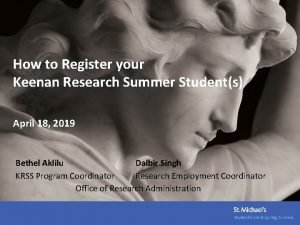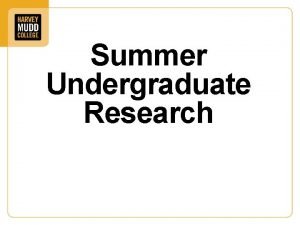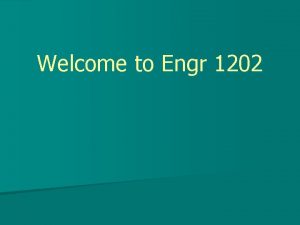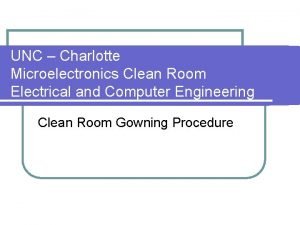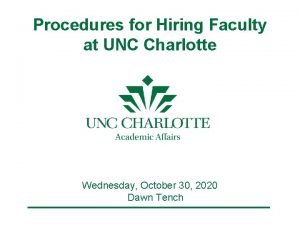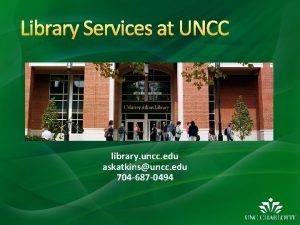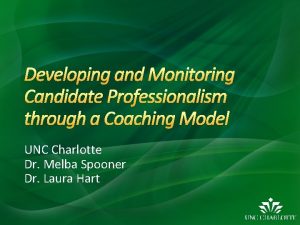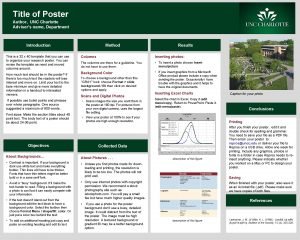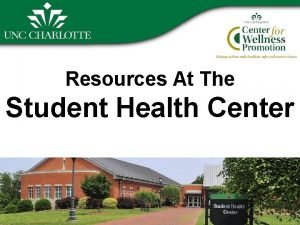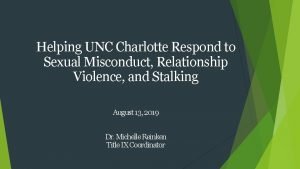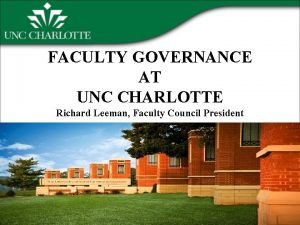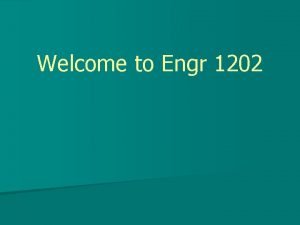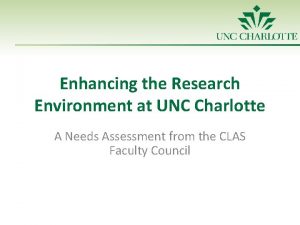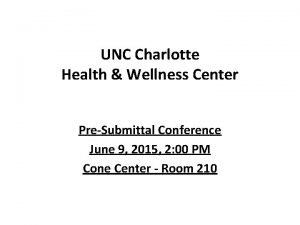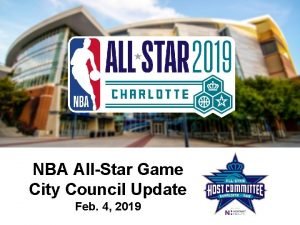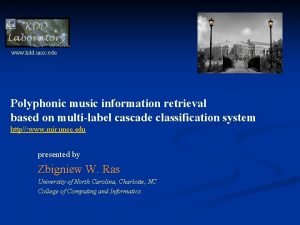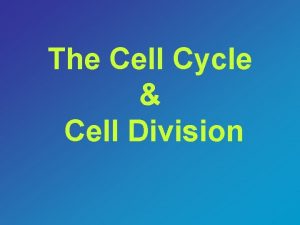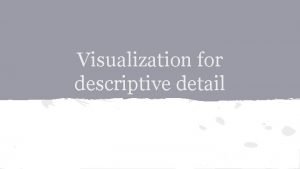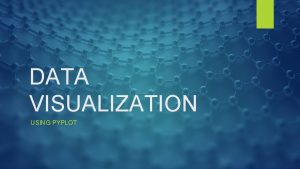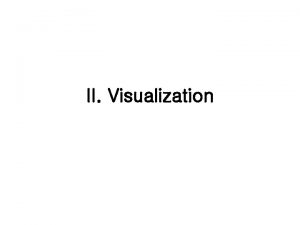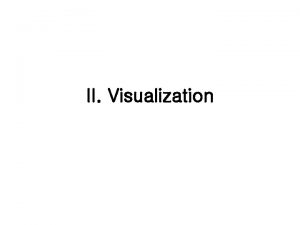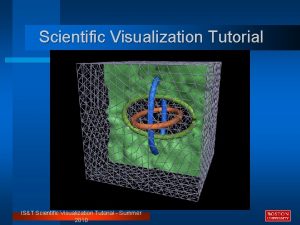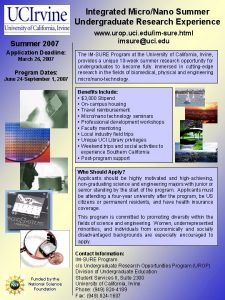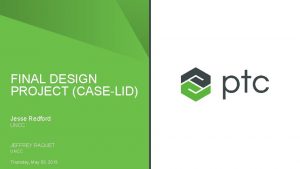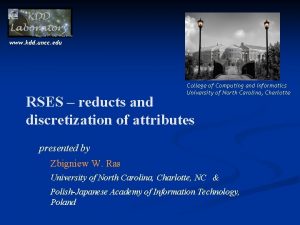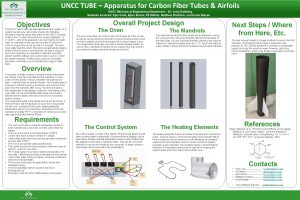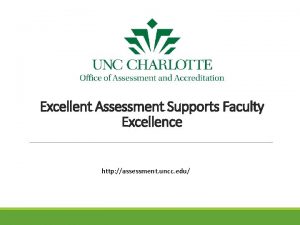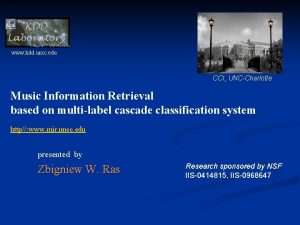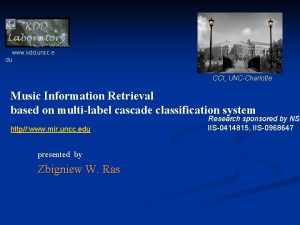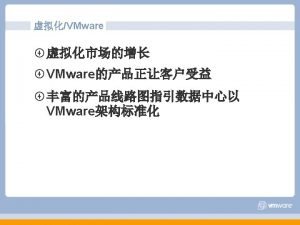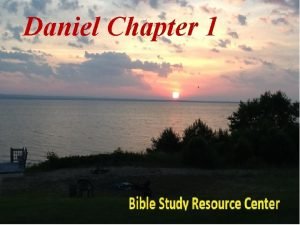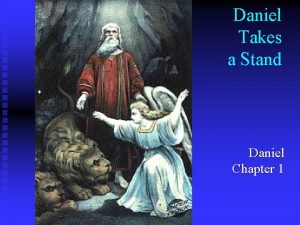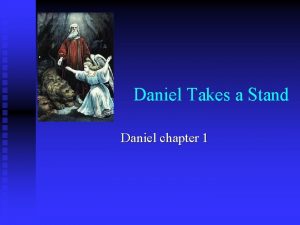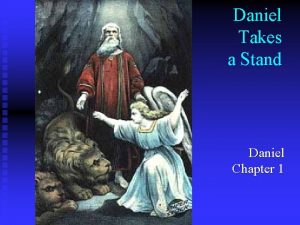Research Experience Daniel Fregosi Summer 2006 UNCC Visualization

























- Slides: 25

Research Experience Daniel Fregosi Summer 2006 UNCC Visualization Center

§ Worked under the guidance of Dr. Ribarsky and Dr. Wartell § Thanks to Remco Chang, Hunter Hale, and Josh Jones for their everyday help

Virtual Charlotte § 3 D Model System for the City of Charlotte § Basic concept similar to Google Earth § Used to attract businesses and people into moving to the Charlotte area § Visually pleasing § Completely interactive

Model of UNCC Campus with Textures and Elevation Model taken from UNCC Viscenter

Overview of My Part § Extract building footprints from geography data we were given § Create program to view and edit footprints § Clean up and process the data § Output the data for optimal access and rendering

Parsing the Data § Footprints were in Shapefile format § Did not allow access or modification, only viewing § Wrote a parser to get all of the points and contours out and stored into customized data type

Parsing the Data § File was in binary format rather than ASCII § Had to learn about computer organization § How data is stored (number of bytes, big vs. little endian)

Viewing the Building Footprints § Create simple viewing program § Visualize data to check for correctness § Gave buildings random colors to differentiate § Gave buildings random height to be able to visualize the entire city in 3 D

Viewing the Building Footprints § Functionality needed: § Zoom in and out § Scroll through and rotate the map § Focus in on predefined list of certain buildings § Identify and center in on buildings by clicking on them

372, 455 Buildings






Viewing the Building Footprints § Open Graphics Library – standard environment for developing 2 D and 3 D graphics applications § Utilized display lists – store rendering information on video card for increased performance

Cleaning Up the Data § There were many problematic building outlines that required fixing § Define, identify, and corrected problems

In line vertices (3 or more) § If the angle formed between 2 edges is between 170° and 190°, middle vertex is deleted 60, 493 In Line Vertices Erased out of 2. 9 Million

Sharing multiple vertices § Corrected first § Merged into one building § 5, 101 cases

One vertex in common § Separate common vertices by small amount § 3, 588 cases

Intersecting buildings § Crossing edges, coincident edges § Merged into one building § 1, 438 cases

Completely Surrounded Buildings § Corrected last so all of the other cases were out of the way § Deleted footprint on the inside, 606 cases

Cleaning Up the Data § Researched geometric algorithms for detecting these situations § Practiced strategies for decreasing the run time of these algorithms § Only running tests if buildings are within a certain distance

Packaging and Output § Convert all of the complex polygons into series of triangles using Open. GL’s tesselator § Why triangles? § § Most efficient for rendering Simple, convex polygons Can apply textures to them easily Easy to package § Saved data to binary format § Documented simple yet efficient format for future use

Biggest Challenges § Learning new languages § C++ § Open. GL § Conducting graduate level research for the first time § Freedom to explore new ideas § Testing new concepts
 Imprinting psychology
Imprinting psychology Early experience vs later experience
Early experience vs later experience Indirect experience
Indirect experience Share research experience and knowledge
Share research experience and knowledge Experience survey in exploratory research
Experience survey in exploratory research Krss program
Krss program Hmc summer research
Hmc summer research Quarknet summer research program
Quarknet summer research program Cameron hall uncc
Cameron hall uncc Carc building uncc
Carc building uncc Uncc transfer equivalency
Uncc transfer equivalency Unc charlotte application status
Unc charlotte application status Uncc.library
Uncc.library Taskstream uncc
Taskstream uncc Ds portal uncc
Ds portal uncc Uncc repros
Uncc repros Shc uncc
Shc uncc Uncc incident report
Uncc incident report Fitsac
Fitsac Cameron hall uncc
Cameron hall uncc Gasp uncc
Gasp uncc Unc charlotte health center
Unc charlotte health center Uncc canvs
Uncc canvs Uncc receiving and stores
Uncc receiving and stores Min jiang uncc
Min jiang uncc Interphase prophase metaphase anaphase telophase
Interphase prophase metaphase anaphase telophase





